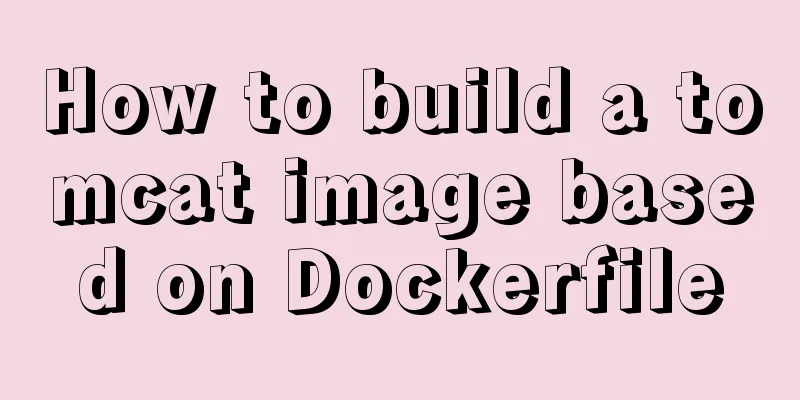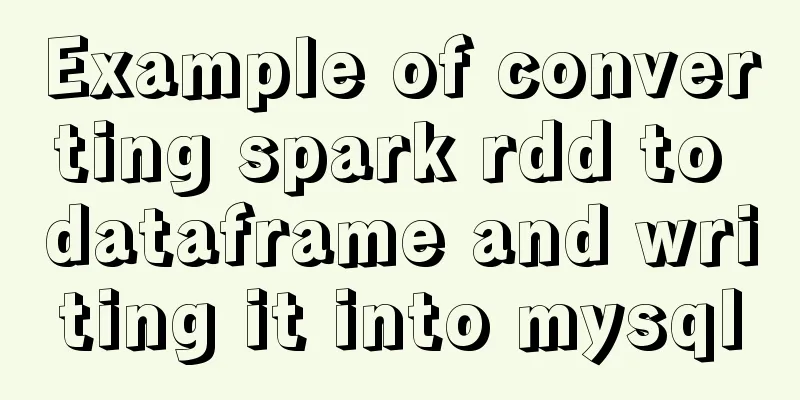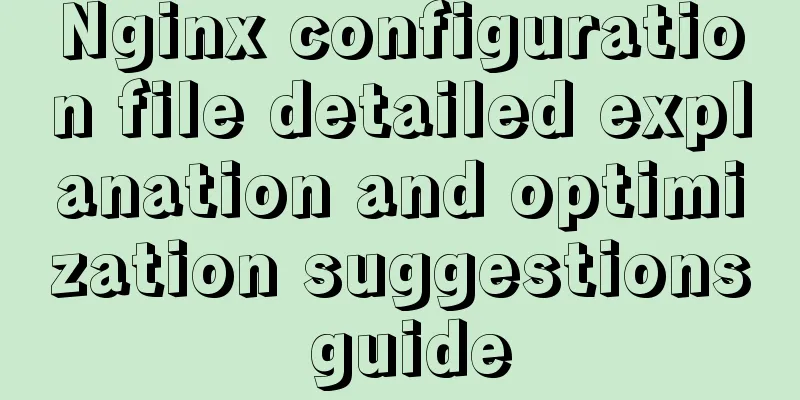Tomcat components illustrate the architectural evolution of a web server

|
1. Who is tomcat?
2. What can tomcat do? Tomcat is a web container. Web applications can be deployed to Tomcat, which provides web services. Multiple web applications can be deployed in one web container. These web applications can be services of the same domain name or multiple domain names. 3. What are the components of tomcat
4. How to quickly understand these components? We can assume that we are designing a web container, what should we design? The first generation: receiving requests, processing requests, and returning results to the entire web container, as shown in the following figure:
Second generation: Separate connection management and processing logic During use, I found that it was annoying to open the socket connection, call the processing logic, and then close the socket connection every time. I simply let the Connector handle the closing of the socket connection, and let the Container handle the business logic of the request. That's it.
Third generation: Support multiple network protocols The original goal was to design a web server or container. If you want to support more protocols, you need to create different Connectors and Containers. At this time, it becomes like this, where service wraps Connectors and Containers.
Fourth generation: support for multiple web applications Since it is a container, it must support multiple applications. Each application has a Context and is isolated from each other. The architecture that supports multiple Contexts is as follows:
Fifth generation: support for multiple domain names Contexts require not only physical isolation, but also logical isolation, such as app1.example.com accessing context1 and app1.test.com accessing context2. The architecture at this point should be like this: the host can support multiple contexts.
5. Summary:
In fact, it is a process of division of labor and refinement of components, similar to the refinement of social division of labor. Note that Container is also called engine in Tomcat. The above is the full content of this article. I hope it will be helpful for everyone’s study. I also hope that everyone will support 123WORDPRESS.COM. You may also be interested in:
|
<<: A simple explanation of MySQL parallel replication
>>: How to deeply understand React's ref attribute
Recommend
It's the end of the year, is your MySQL password safe?
Preface: It’s the end of the year, isn’t it time ...
Detailed explanation of how to limit the update/delete range using the mysql parameter sql_safe_updates
Preface As you all know, we have encountered many...
MySQL 5.7 generated column usage example analysis
This article uses examples to illustrate the usag...
Detailed explanation of Bind mounts for Docker data storage
Before reading this article, I hope you have a pr...
Mysql NULL caused the pit
Using NULL in comparison operators mysql> sele...
HTML table markup tutorial (43): VALIGN attribute of the table header
In the vertical direction, you can set the alignm...
Docker data storage tmpfs mounts detailed explanation
Before reading this article, I hope you have a ba...
How to use ElementUI pagination component Pagination in Vue
The use of ElementUI paging component Pagination ...
How to View All Running Processes in Linux
You can use the ps command. It can display releva...
Installing Alibaba Cloud Server with Docker and the pitfalls encountered in installing it in a virtual machine (summary of problems)
Docker installation (Alibaba Cloud Server) Docker...
A comprehensive understanding of Vue.js functional components
Table of contents Preface React Functional Compon...
IDEA2020.1.2 Detailed tutorial on creating a web project and configuring Tomcat
This article is an integrated article on how to c...
Analysis of the difference between emits and attrs in Vue3
Table of contents in conclusion Practice Analysis...
Discussion on the problem of iframe node initialization
Today I suddenly thought of reviewing the producti...
Element sample code to implement dynamic table
Table of contents 【Code background】 【Code Impleme...
















